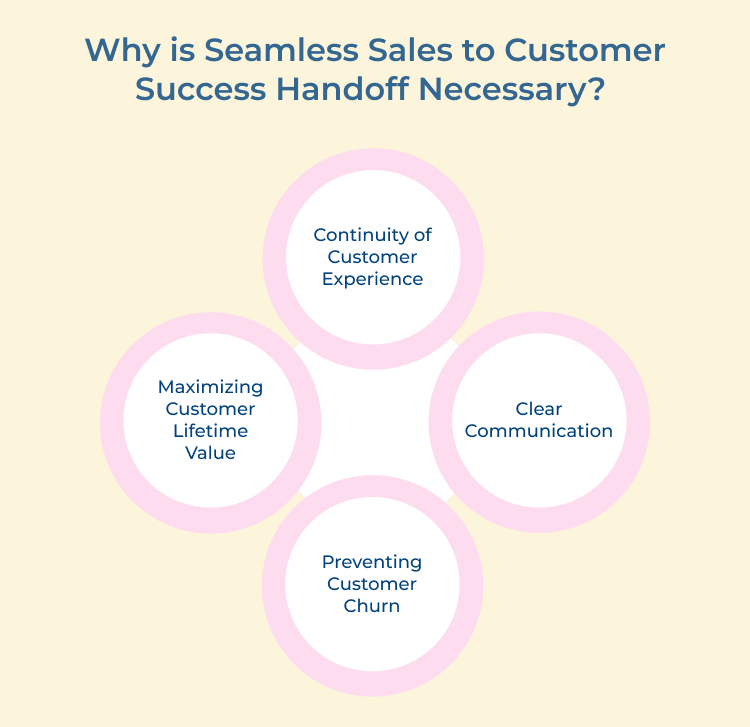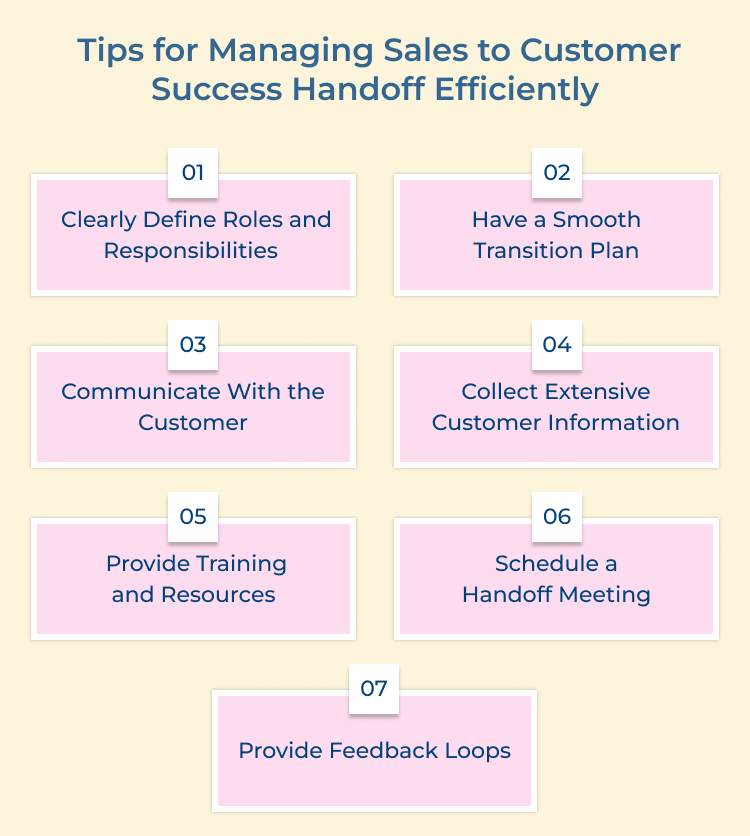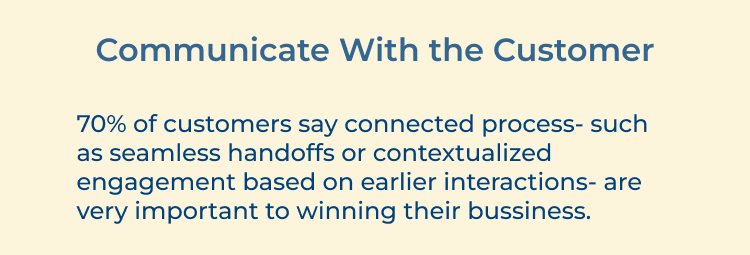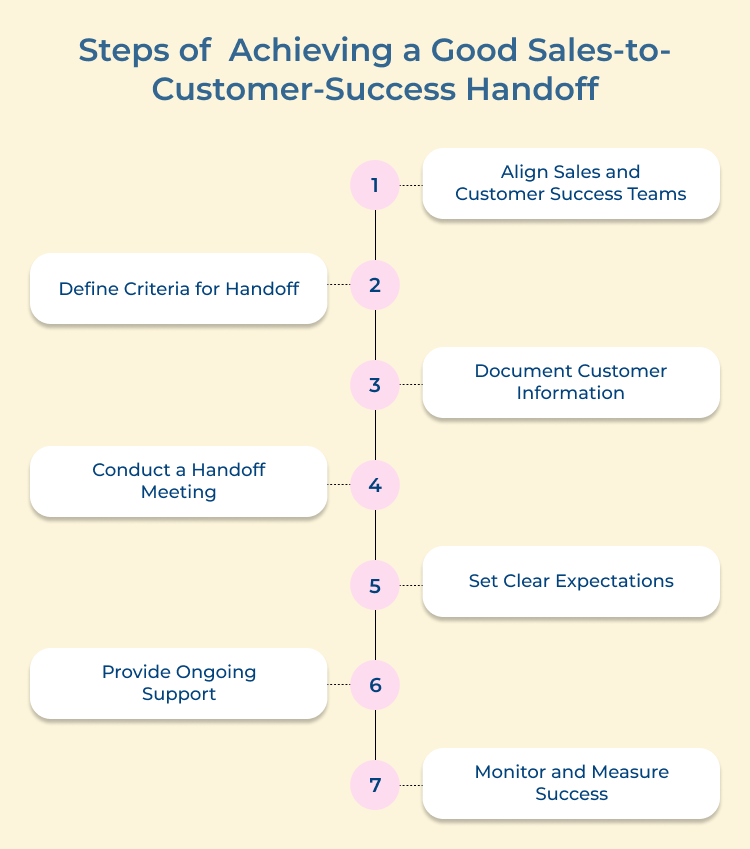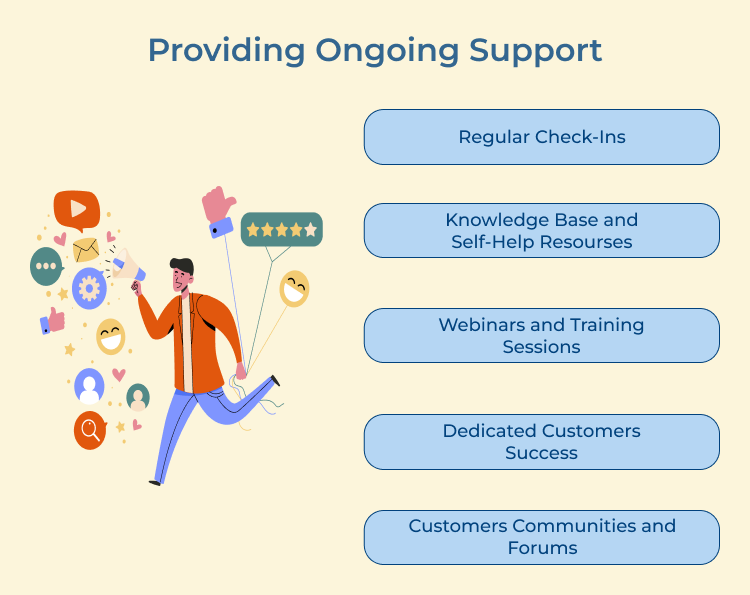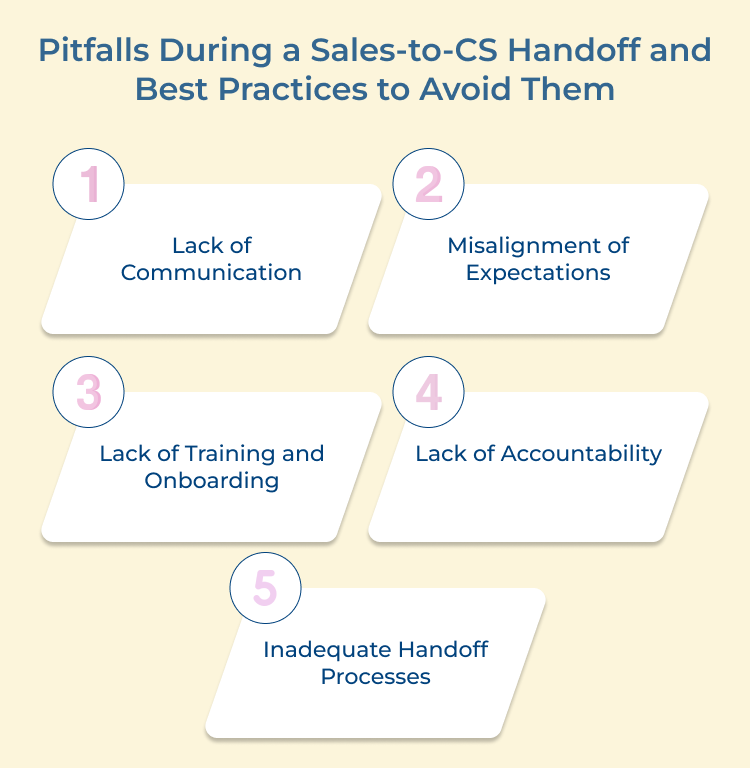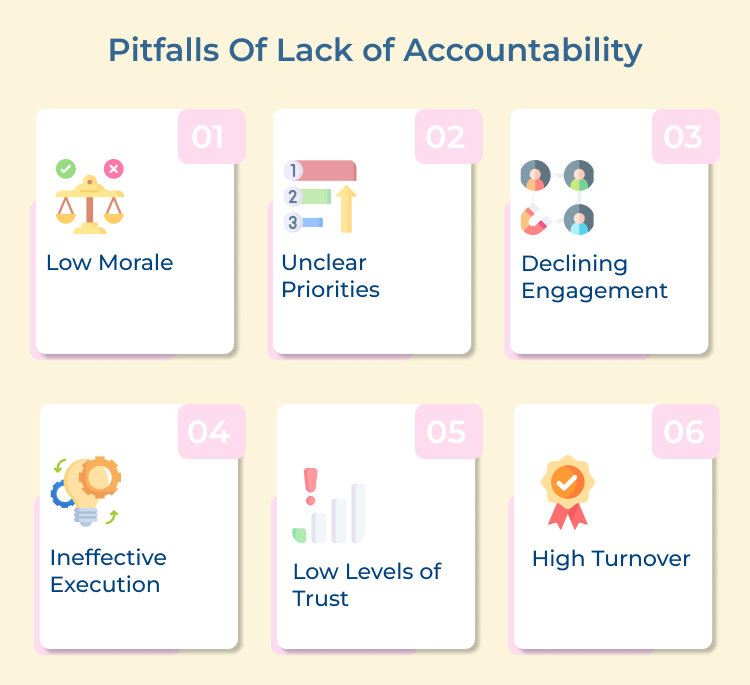Best Practice: Clearly define roles and responsibilities for both the sales as well as customer success teams during the handoff process. It could include creating a handoff checklist or playbook that outlines each team’s duties and timelines.
5. Inadequate Handoff Processes
When the sales to CSM handoff process is not defined clearly, important information can slip through the cracks, leading to a disjointed customer experience and potential issues down the line.
Best Practice: Create a standardized handoff process that includes detailed documentation of customer information, goals and expectations. Use a customer relationship management (CRM) system to track customer interactions and ensure that all relevant information is easily accessible for the customer success team.
Examples of Sales to Customer Success Handoff
The handoff from sales to customer success is a crucial moment in the customer journey, where the responsibility shifts from acquiring new business to ensuring customer satisfaction and retention. To better understand this transition.
Let’s take a look at some real-life examples of successful handoffs.
1. Tesla
Tesla, a leading electric vehicle manufacturer, provides a seamless handoff from sales to customer success. When a customer purchases a Tesla vehicle, they are provided access to a dedicated customer service team for assistance with charging, maintenance and software updates. Its commitment to customer satisfaction has helped to establish a loyal and enthusiastic customer base.
2. Verizon
Verizon, a telecommunications company, has a well-structured handoff process from sales to customer success. When a customer signs up for a new phone plan or service, they are assigned a dedicated account manager who is available to assist with any questions or concerns. It also offers proactive account monitoring and regular check-ins to ensure that the customer’s needs are being met.
3. Salesforce
Salesforce, a leading provider of customer relationship management (CRM) software, is known for its seamless handoff from sales to customer success. When a customer signs on with Salesforce, their account is immediately transitioned to a dedicated customer success manager who is responsible for ensuring that the customer achieves their desired outcomes. The level of personalized attention helps to build strong, long-lasting relationships with customers.
Elevate the Customer Experience with a Solid Handoff Process
Implementing a solid handoff process is essential for elevating the customer experience. Ensuring seamless transitions between departments or team members helps businesses to provide a consistent and personalized experience for their customers. Effective communication, clear expectations and proper documentation are key components of a successful handoff process.
Investing time into developing and refining the process will lead to improved customer satisfaction, loyalty and retention. Remember, a strong handoff process is not only about meeting the needs of the customer, but also about building trust and rapport with them.
